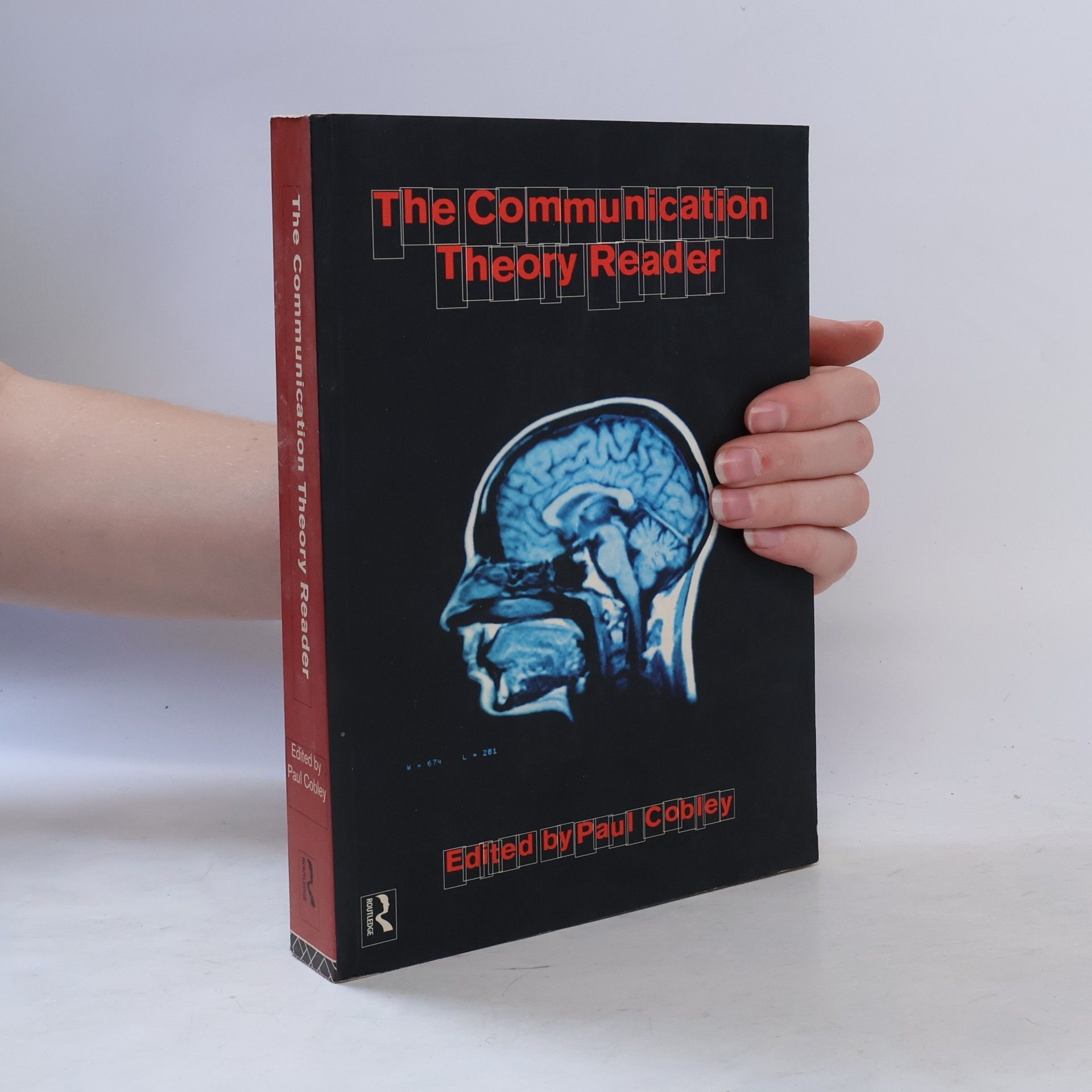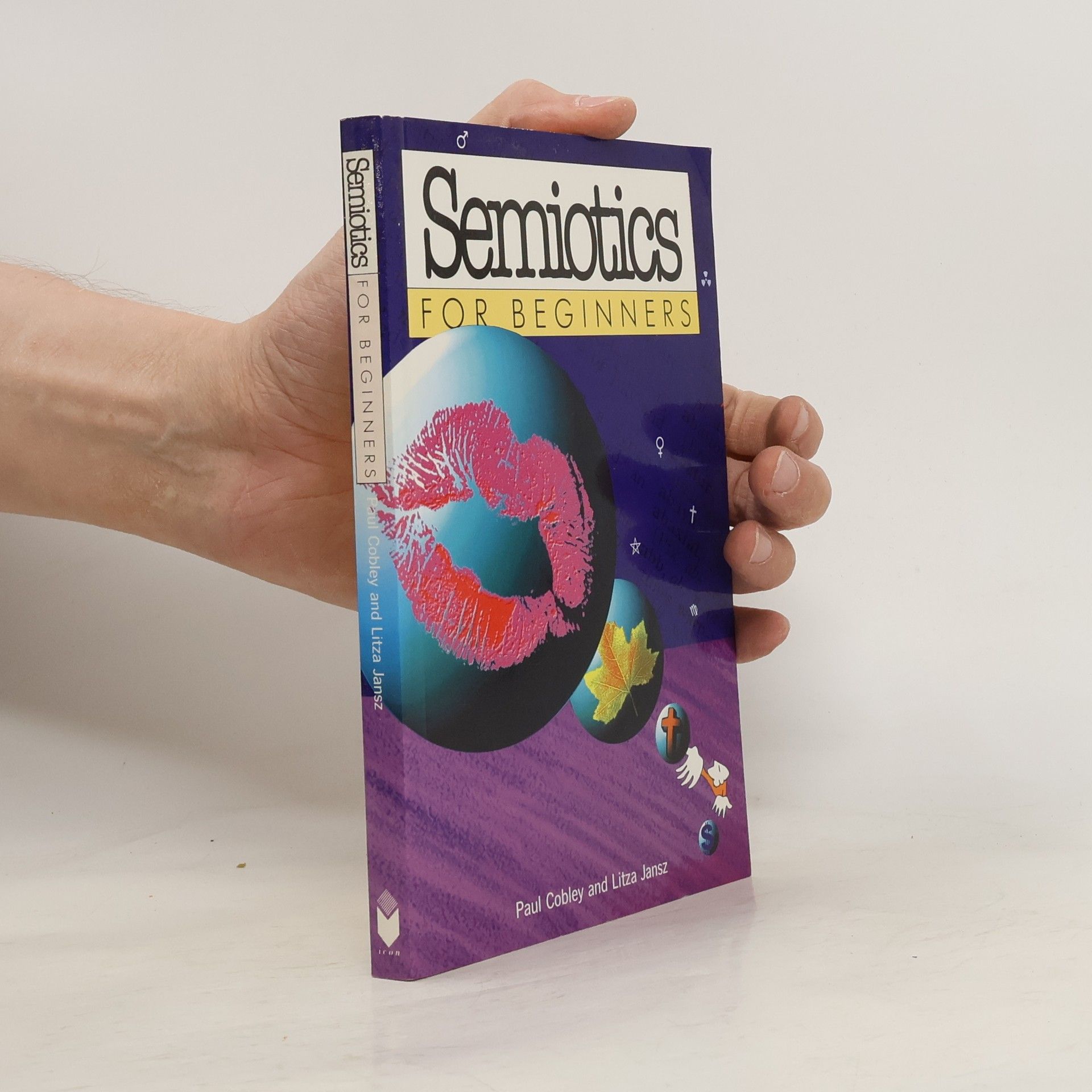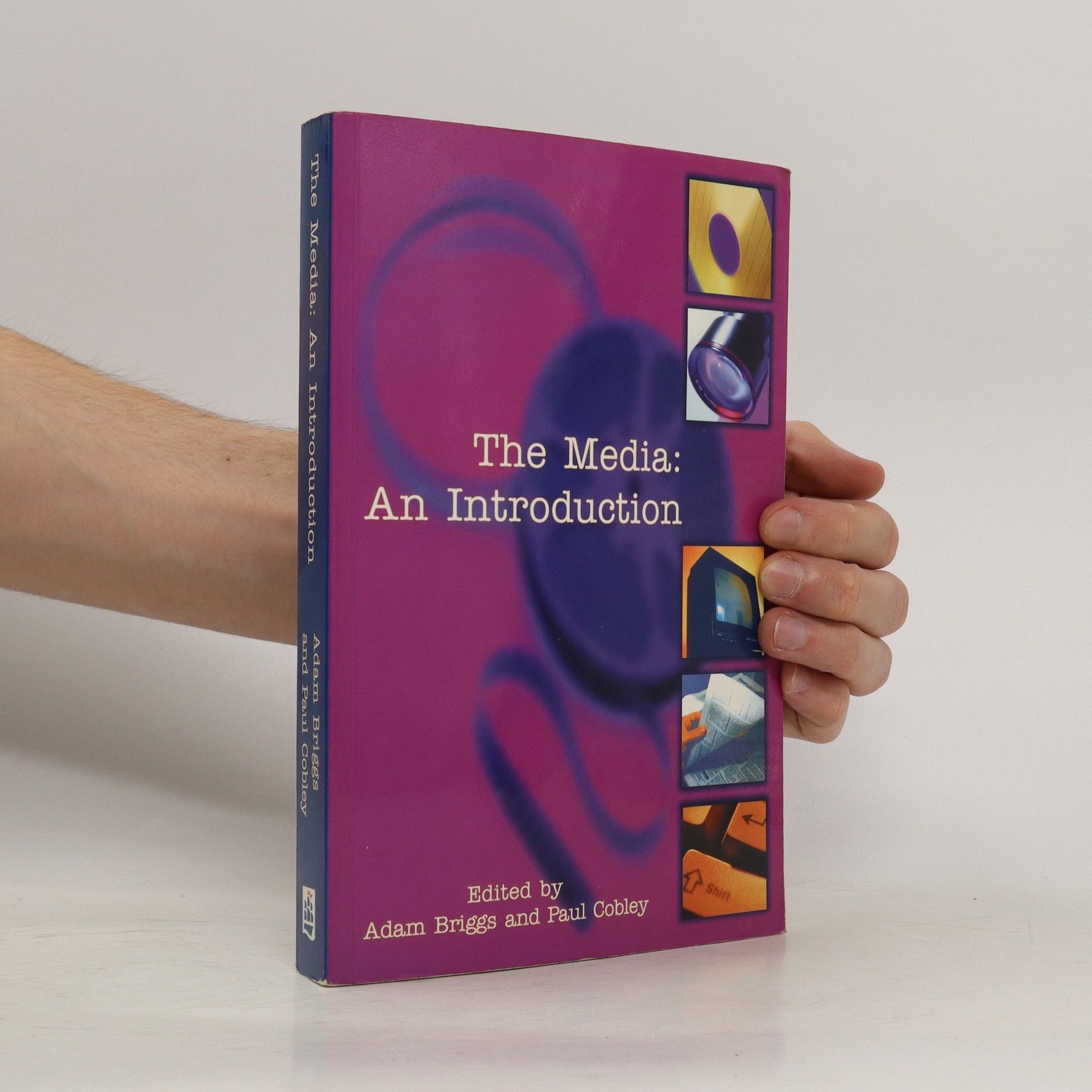The Media: An Introduction
- 494 Seiten
- 18 Lesestunden
Provides a comprehensive introduction to all the important recent developments in the media from constitutions to policy and practice. Describes the diversity of the media as a series of separate and distinct industries and practices; explores the issues which directly infringe on the different media- audience feedback, belief about effects, broadcast policy and different traditions of organising, studying and funding; and examines the presentations that actually appear in the media and how the media presents different facets of the real world




